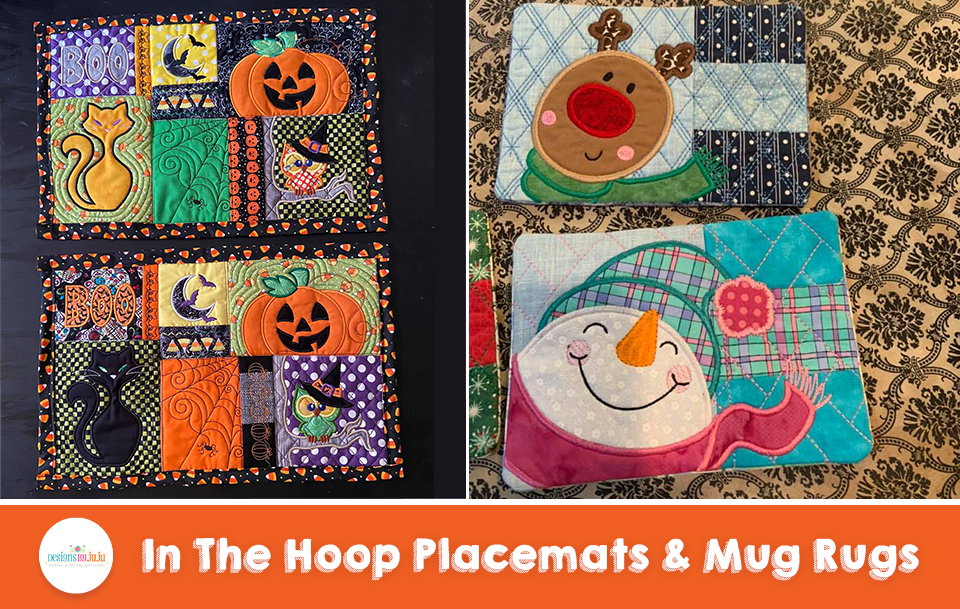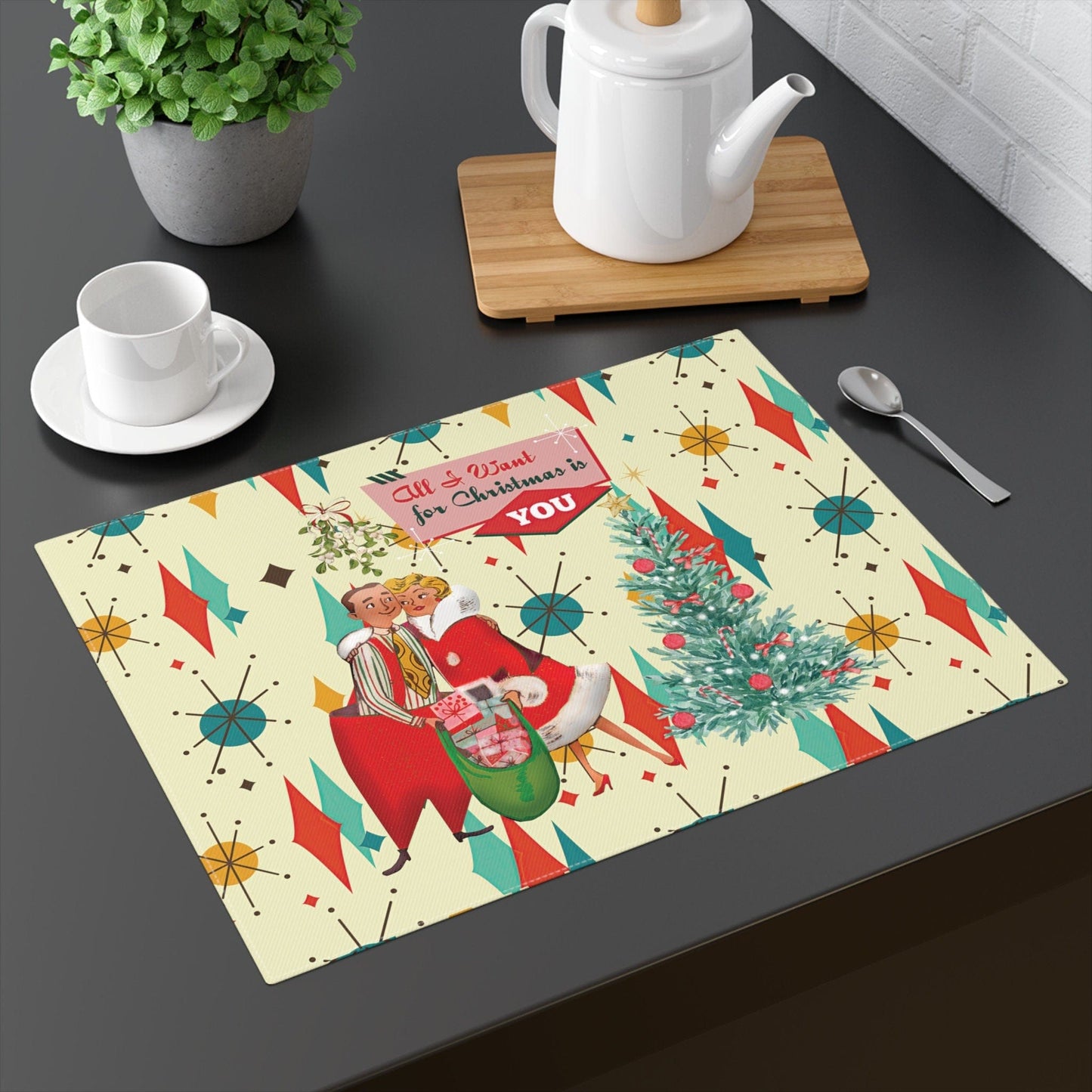All About Unique Art
All About Unique Art
Blog Article
Unique Art for Beginners
Table of ContentsThe Basic Principles Of Unique Art Unknown Facts About Unique ArtIndicators on Unique Art You Need To KnowGetting My Unique Art To Work
While one could dispute which art form holds priority, the fact continues to be that each of these seven types provides a distinct home window right into human history, society, and evolution. They are the tapestries that chronicle our journey, advising us of our past while inspiring visions for the future.Great artwork informs a story, makes individuals look two times, and creates a distinct experience that can't be matched. Art and illustrations connect all of that through color, shape and various other layout aspects. Learn exactly how to make your distinct art work stand out from the crowd.
3 Emil DervishIn this entranceway by Emil Dervish that lovely cobalt blue door steals the program. To bring a lot more dramatization, he expanded the paint. to the doorframe and the wall up, finishing in a curved form. The curves, in addition to a round sconce, soften the edges - Unique Art. Then structures classic posters and maps of cherished places established the scene.
8 TRIA GIOVANEqual components grand and laidback, this entrance hall designed by Anthony Baratta is the ideal plan to adhere to if you're enhancing an official entryway that still feels unfussy and comfy. Patterned textiles take center phase (see the carpetings and the couch), yet they likewise aid bring the high ceilings down to a human range when hung over wallpaper.
The Unique Art Ideas
18 Heidi Caillier DesignA gallery wall surface does not need to take up the whole room. Sometimes a small one can make a larger style declaration. In this living room, Hiedi Caillier chose for micro-mini frames and an arbitrary make-up.
, the expression of concepts and emotions, with the production of specific visual high qualities, in a two-dimensional visual language. The elements of this languageits forms, lines, colours, tones, and texturesare made use of in various ways to generate experiences of volume, area, activity, and light on a level surface area. These components are incorporated into expressive patterns in order to stand for real or superordinary phenomena, to interpret a narrative theme, or to create wholly abstract aesthetic relationships.
Later the idea of the "great artist" created in Asia and Renaissance Europe. Famous painters were afforded the social status of scholars and courtiers; they signed their work, chose its design and often its subject and imagery, and developed an extra personalif not always amicablerelationship important link with their patrons. During the 19th century painters in Western cultures started to lose their social placement and safe patronage.
The Unique Art Ideas
Others earned a revenue with touring exhibits of their work. The need to appeal to a marketplace had replaced the similar (if much less impersonal) needs of patronage, and its effect on the art itself check this was most likely comparable also. Unique Art. Usually, artists in the 20th century can get to an audience just via business galleries and public galleries, although their work might have been periodically duplicated in art regulars
For the history of paint in old Egypt, see Egyptian art and style. The advancement of paint in various regions is dealt with in a number of posts: Western painting; African art; Main Asian arts; Chinese paint; Islamic arts; Japanese art; Oriental art; Native American art; Nautical art and style; South Eastern arts; Southeast Asian arts. It is the feeling of inevitability in this formal company that provides a great painting its self-sufficiency and visibility. The colours and placing of the major pictures in a style may be often mainly made a decision by representational and symbolic considerations. Yet it is the formal interaction of colours and forms that alone can communicating a specific state of mind, producing optical sensations of room, quantity, movement, and light and developing forces of both harmony and stress, even when a painting's narrative symbolism is odd.
Do not copy the design of other musicians if you're looking for your style. Copying various other people's art work can be fantastic in instructional functions however it will certainly not make you closer to finding your own special style. Your creative article design has to be, what you such as and what inspires you.

Some Of Unique Art
You need to attempt great deals of various alternatives and discover every little thing prior to you can concentrate on one specific style or you'll be bored, or even worse, you'll dislike your own style. I suggest you to try every single subject that you're interested in, explore as much as you can. Attempt different tools that delight you and brand-new methods you have actually never ever tried prior to.
With time you'll have the ability to sort every one of them into your preferred and least favored groups. Try to focus your focus on the topics and mediums that you like and prior to you see it coming you'll have your very own individual and one-of-a-kind design, like no one else have! In the end you'll have a few favorite subjects to paint and perhaps a few favorite tools.

Report this page